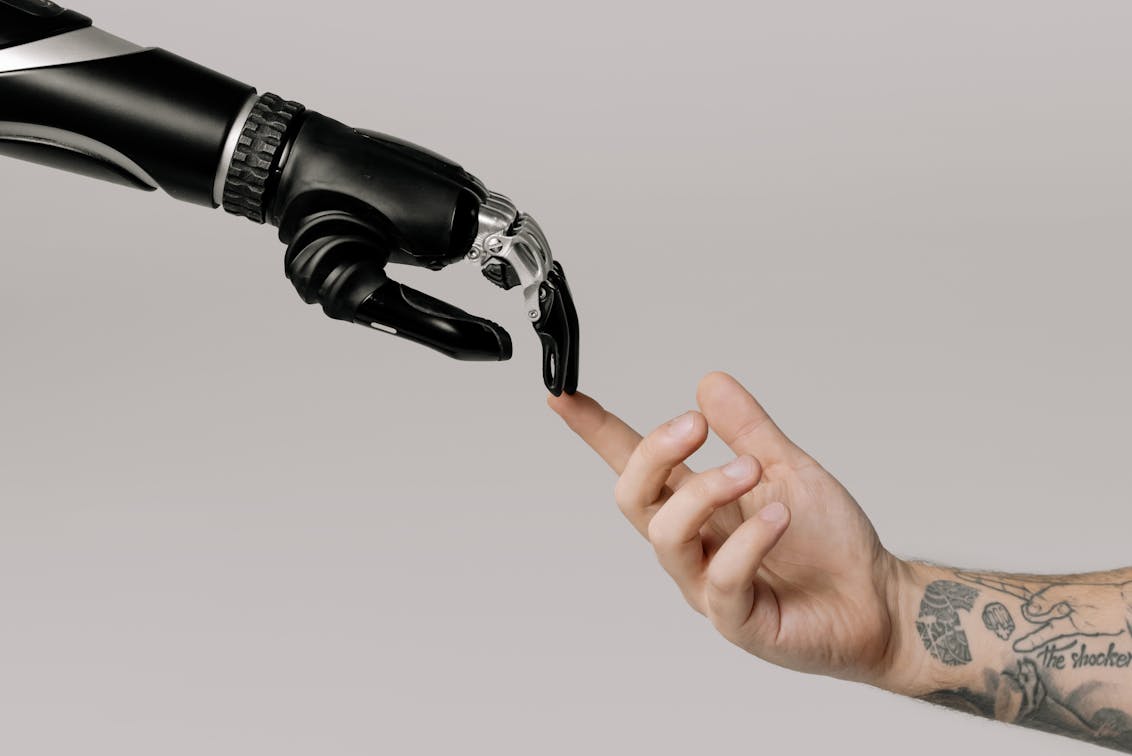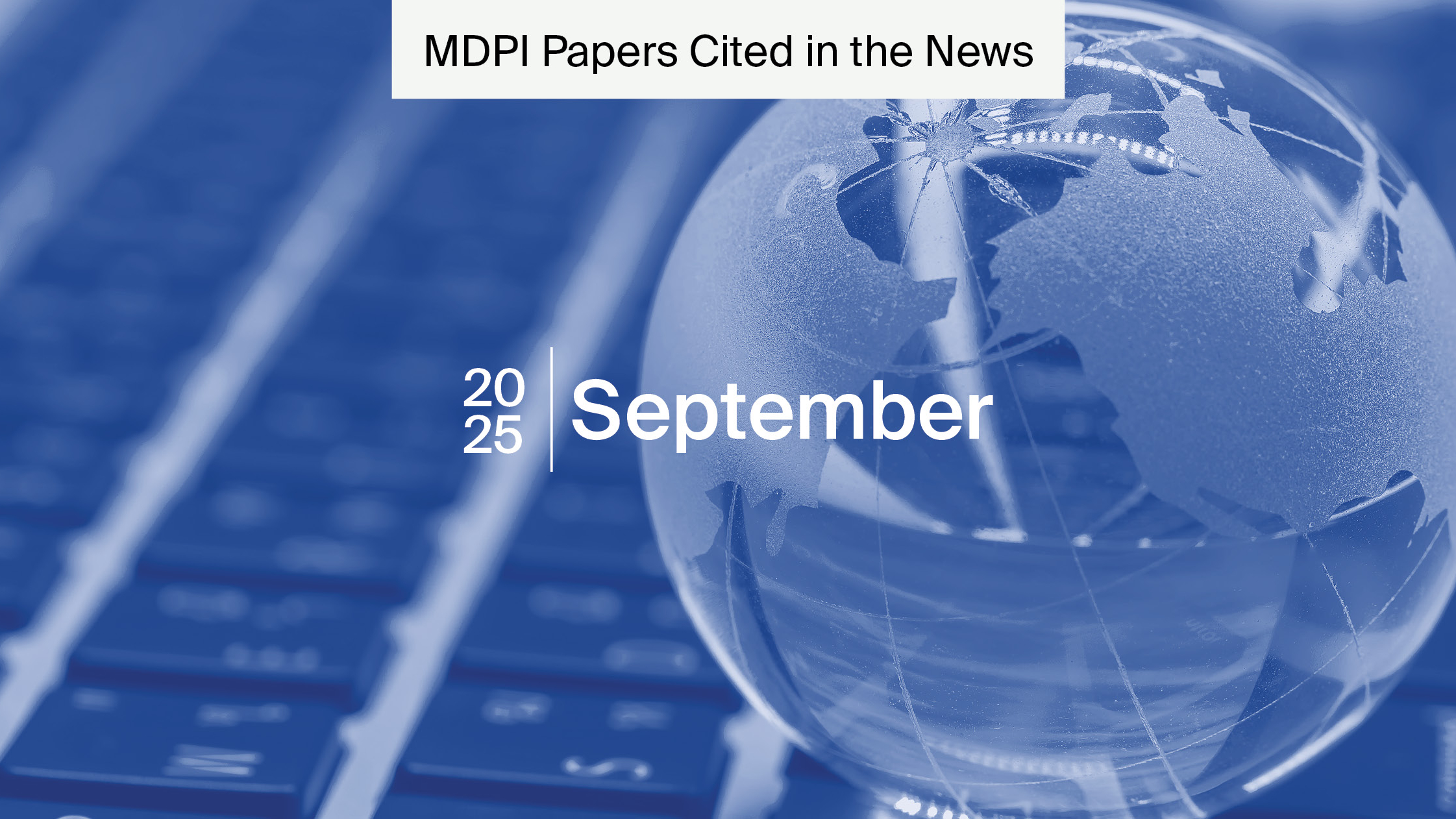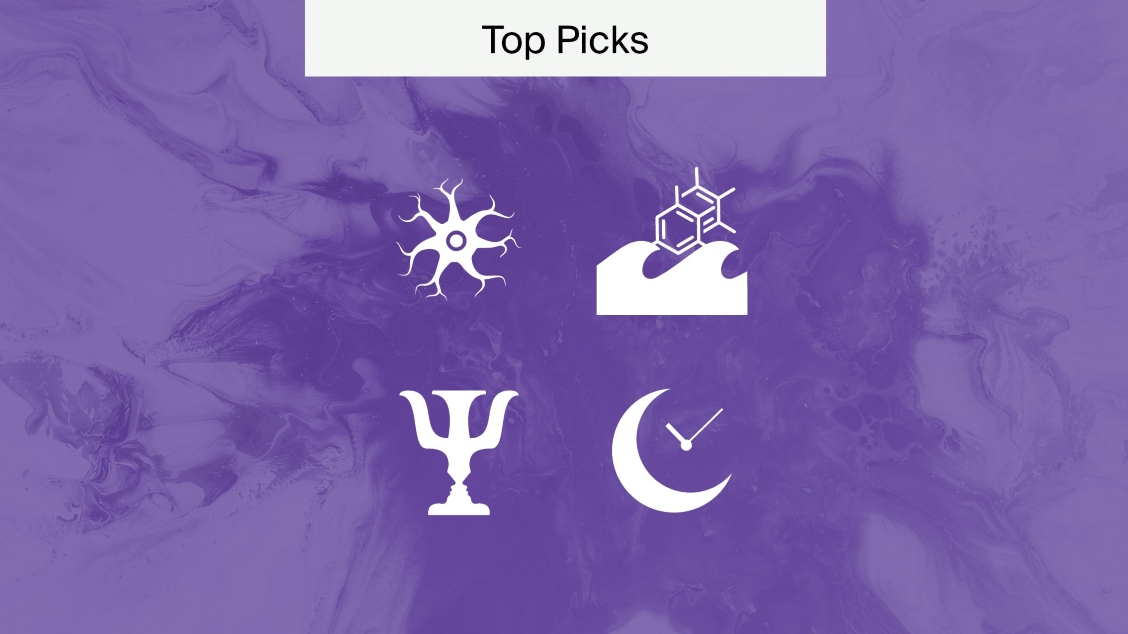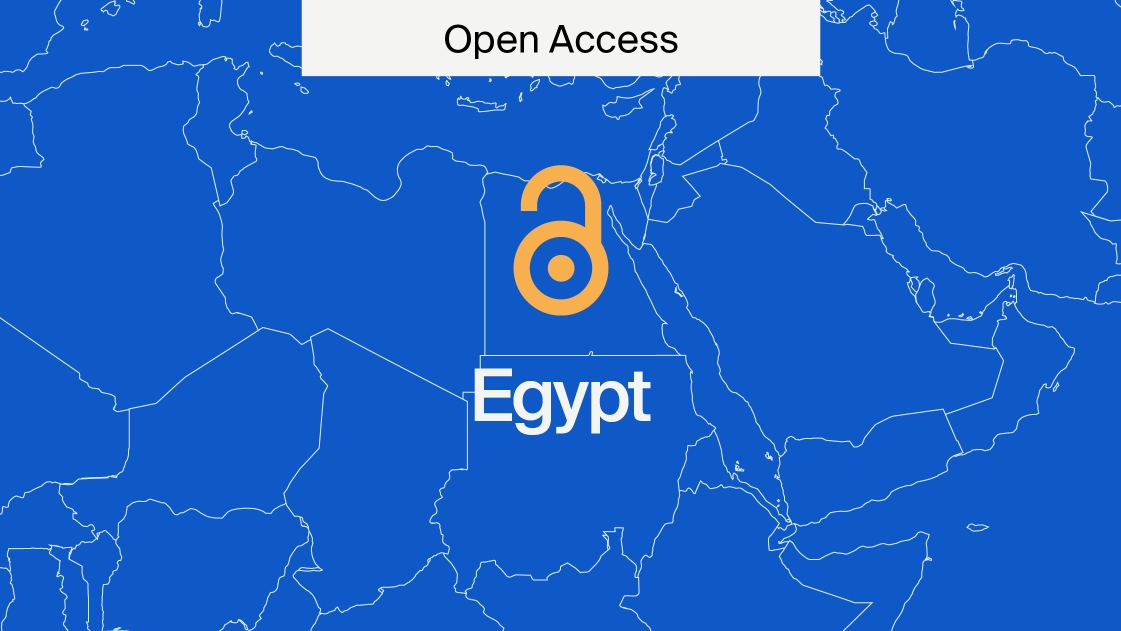
AI and the Em Dash
The em dash has a very long history in language—dating all the way back to Ancient Greece.
It’s been used throughout some of the greatest works of literature, in science, and even by normal people writing emails or reports. So, why has it recently become such a polarizing symbol? In a sense, for the same reason that most things have become polarizing of late: artificial intelligence and the increased usage of artificial intelligence tools in day-to-day life. In particular, whenever chat-bots are asked to write anything of substance. Why is that?
AI chat programs (ChatGPT, Aria, Grammarly, etc.) all rely on algorithms that power that are trained off existing writing, and people have used the em dash a lot throughout history. From cooking instructions to famous works of literature, to even the most simple of sentences, the em dash is everywhere.
Where does the em dash not show up?
Em dashes rarely show up in regular daily writing. Emails, text messages, and writing done on a day-to-day basis do not tend to use them. Given that em dashes are not common in everyday usage, when em dashes start showing up they tend to be very noticeable.
This split between “how we use and see em dashes every day” and “the correct usage of an em dash” has given rise to a curious, and even a bit concerning idea: “Em dashes mean that text is AI-generated”.
AI is everywhere, as are discussions about it. We hear about the usage of AI, its negatives, and the deeper you go into this space, the more cases you find of AI being used in less-than-reputable ways. As such, it’s becoming a common thing to see em dashes associated with AI-generated content
What is an em dash?
An interesting piece of information is that the name of the “em dash” is derived from the space that the letter “m” used to take in print. The em dash is a standard punctuation mark that has a specific use. In some ways, it is similar to a semicolon, but the two meet different needs. A semicolon’s purpose is to link two similar but not directly connected ideas together. For example,
The apple was delicious; it was juicy and fresh.
Here, the part of the sentence following the semicolon is related to the first part (though isn’t necessarily required for the sentence to make sense). If you chopped off the second part of the sentence, the sentence would be fine without it. An em dash, however, is a more purposeful break in the sentence. While what follows the em dash might be related to what precedes it, it’s far less strict than the semicolon.
He went to the university—making sure to avoid the country path—to pick up his assignment.
While the middle part of the sentence is somewhat related to the rest of the sentence, it doesn’t have the same degree of direct relevance. It’s almost like using brackets.
Why do people think em dashes mean AI?
Brent Csutoras has an interesting article on Medium about how the em dash became a warning sign of AI usage. The truth is though, as he points out, it’s not really that simple. As he explains,
[I]s the em dash actually a reliable way to tell if something was written by AI? Not really. If you dig into actual research, it’s clear em dashes aren’t a real giveaway. They show up because humans trained the models that way.
He goes on to note that the idea that AI is starting to impact the way that we write.
The em dash mess is just one weird little example of a much bigger story, AI is subtly changing the way we write, talk, and think. Writers who love em dashes are backing off. Readers are second-guessing themselves. Even real humans are worried they sound too robotic.
People have looked at different ways of trying to identify if something is and isn’t AI-generated. And as a result, the em dash was (in many ways arbitrarily) selected as an “indicator”. There are tools out there that can help to identify AI-generated text, but they are not always reliable (often times they are not). Because AI checkers use different systems, often looking for specific “hallmarks”. But these can be incorrectly understood as AI when they aren’t (or missed and interpreted as human).
Using the em dash confidently
Ultimately, em dashes are a normal part of writing. They have specific uses in specific cases. And if you’re writing a research report, you shouldn’t be shying away from its usage out of fear of your work being tagged as AI-generated.
But sometimes, you might want to have another pair of eyes to check your work. Sometimes you might miss a spot where an em dash is the best choice. Other times you might have accidentally used a dash where you needed a hyphen. There are different rules for the different symbols after all. Knowing these rules can help you to produce a better manuscript. This, in turn, might increase your chances of getting accepted and published.
We can help you edit your project
Want to have a pair of human eyes go over your work to make sure that it’s ready to be submitted? We can help with that.
At MDPI Author Services, we specialize in helping researchers prepare their manuscripts for publication. Our Figure Editing Service provides publication-ready figures that clearly communicate your research to readers. Figure editing enhances your charts and graphs by revising the colors, shading, size, resolution, borders, font, and file type. This is all completed in one business day after payment. Click here for a free quote.
Subscribe to the Author Services Newsletter for tips, discounts, and updates.











